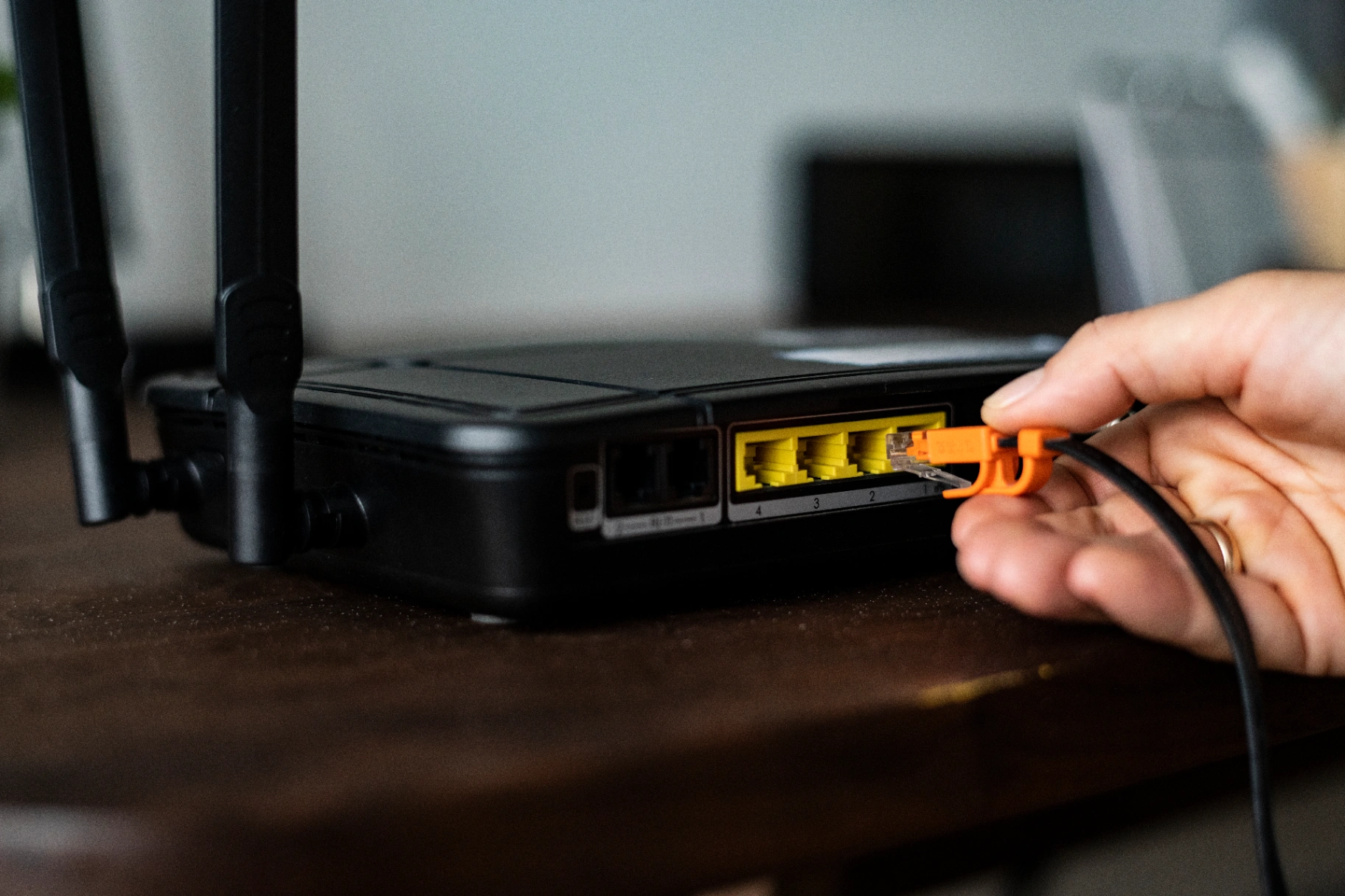How to Trace Ethernet Cable: An Extensive Guide
Tracing Ethernet cables is an essential skill for network administrators, crucial for maintaining an organized and functional network.
Created by: Daniel Ogunsemowo /
Vetted by:
Otse Amorighoye

Tracing Ethernet Cables: Guide for Network Administrators
Tracing Ethernet cables is an essential skill for network administrators, crucial for maintaining an organized and functional network. This comprehensive guide covers everything from understanding different cable types to advanced troubleshooting techniques, providing detailed steps and tips for efficient cable management.
Understanding Ethernet Cables
Before tracing any cables, it's essential to understand the different types of Ethernet cables used in networks:
Cat5e (Category 5e): Commonly used for everyday networking needs, Cat5e supports speeds up to 1 Gbps over a maximum distance of 100 meters. It's ideal for small to medium-sized networks.
Cat6 (Category 6): Designed for high-performance networks, Cat6 can handle up to 10 Gbps speeds over a shorter distance of 55 meters. It features improved shielding to reduce crosstalk and electromagnetic interference (EMI).
Cat6a (Category 6a): An enhanced version of Cat6, Cat6a supports 10 Gbps over the full distance of 100 meters. It has additional shielding and insulation to further reduce interference.
Cat7 (Category 7): Suitable for high-speed data transmission, Cat7 offers speeds up to 10 Gbps with extensive shielding, making it ideal for environments with high EMI. It supports a maximum distance of 100 meters.
Fiber Optic: Utilized for high-speed data transmission over long distances, fiber optic cables are immune to electromagnetic interference and provide superior bandwidth compared to copper cables.
Each type has specific characteristics that affect performance and installation strategies, impacting how they are traced and maintained. For more details on the types of Ethernet cables, check out Types of Network Cables.
Essential Tools for Tracing Ethernet Cables
Effective tracing requires several specialized tools:
Cable Tester: This tool checks for connectivity and identifies common issues such as shorts, opens, and cross-talk. It ensures that the cable is functioning correctly and can transmit data effectively.
Tone Generator and Probe: The tone generator emits a sound signal along the cable, which the probe detects. This setup is particularly useful for locating a specific cable among many, even when they are bundled together.
Label Maker: A label maker is essential for marking cables at both ends, aiding in identification and management. Clear labeling helps prevent confusion and simplifies future maintenance tasks.
Flashlight: A flashlight is crucial for tracing cables in dark areas such as cable ducts, server rooms, and behind panels.
Detailed Steps for Tracing Ethernet Cables
Step 1: Initial Preparation
Organize your workspace and ensure all necessary tools are on hand. Begin by creating a rough diagram of your network’s layout, including all devices and termination points. This diagram will serve as a reference throughout the tracing process.
Step 2: Labeling and Documentation
Label each cable at both ends using a label maker. Labels should include the cable type and a unique identifier. Maintain a detailed documentation record in a digital format, noting the path of each cable and its connections. This documentation will be invaluable for troubleshooting and future expansions. Learn more about the benefits of proper cabling documentation in Understanding Structured Cabling.
Step 3: Physical Tracing Using Tone Generator and Probe
Disconnect the cable at one end and connect the tone generator. Use the probe at various points along the suspected cable route to detect the signal. The tone's volume will increase as you get closer to the cable, helping you pinpoint its exact path.
Step 4: Testing Connectivity and Functionality
Once traced, reconnect the cable and use a cable tester to verify its functionality. This step ensures the cable is capable of transmitting data effectively without any physical or electrical faults.
Step 5: Advanced Troubleshooting
If issues are detected during testing, further investigation is required. Use an advanced cable tester or network analyzer to diagnose problems such as interference, poor signal quality, or improper termination. For more on troubleshooting, refer to Tools for Troubleshooting Network Connectivity Issues.
Advanced Network Management Techniques
Beyond basic tracing, network management involves several advanced techniques:
Network Mapping Software: Utilize software tools to create dynamic maps of your network, updating in real-time as changes occur. These tools provide a visual representation of your network, making it easier to manage and troubleshoot.
Regular Audits and Updates: Conduct regular network audits to ensure all documentation is accurate and up-to-date. This practice helps in quick identification and resolution of issues, and keeps your network running smoothly.
Cable Management Solutions: Implement structured cabling solutions, using cable trays, racks, and management panels to keep cables organized and protected from physical damage. Proper cable management also improves airflow and reduces the risk of overheating in network equipment.
Preventive Maintenance and Future-Proofing
Preventive maintenance is key to long-term network health:
Scheduled Inspections: Regularly inspect physical infrastructure for signs of wear and potential failure points. Early detection of issues can prevent costly downtime and repairs.
Upgrade Plans: Plan for future network needs by anticipating upgrades in cable types (e.g., upgrading from Cat6 to Cat6a) to support increased data speeds and bandwidth requirements. Consider reading Future-Proofing Your Infrastructure: The Benefits of Structured Cabling Systems for more insights.
Conclusion
Tracing Ethernet cables effectively requires a combination of technical knowledge, practical skills, and strategic management. By understanding the different types of cables, utilizing the right tools, and following systematic procedures for testing and documentation, network administrators can ensure their networks remain robust and scalable. This comprehensive approach not only solves current connectivity issues but also prepares the network for future challenges and expansions.
For a deeper dive into effective network infrastructure management, you can also explore Office Data Cabling: The Ultimate Guide to Efficient and Reliable Network Infrastructure.